St. Leo the Great, November 10
Pope and Doctor of the Church
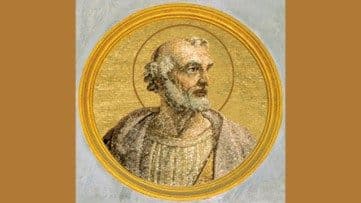
Year 452 A.D. The Italian Peninsula trembles before the Huns, led by Attila. Much of northern Italy has already fallen into the hands of the invader. The cities of Aquileia, Padua and Milan have been conquered, sacked and razed to the ground. Now Attila continues his advance, he is near Mantua, on the Mincio River. There history stops and takes shape: Leo the Great, elected Pope twelve years earlier, leads a delegation from Rome, meets Attila and dissuades him from continuing the war of invasion. The legend – later taken up by Raphael in the frescoes of the “Stanza” – tells how the king of the Huns retreats after seeing the Apostles Peter and Paul appear behind Leo, armed with swords. Three years later, in 455, the “Great Pope”, although unarmed, once again stopped the Vandals of Africa, led by King Genseric, at the gates of Rome. Thanks to his intervention, the city was indeed sacked, but not burned. The Basilicas of St. Peter, St. Paul and St. John remained standing, where a large part of the population found refuge, thus saving their lives.
“Peter spoke through the mouth of Leo”
But Leo’s life was not only expressed in his commitment to peace, which he carried out with courage and without stopping. The Pontiff also devoted much of his time to the protection of doctrine: it was he, in fact, who inspired the ecumenical Council of Chalcedon (today Kadiköy, in Turkey), which recognized and affirmed the union in Christ of the two natures – human and divine – rejecting the heresy of Eutychius, who denied the human essence of the Son of God. Leo’s intervention in the Council took place through a fundamental doctrinal text: the “Tomo a Flavian”, Bishop of Constantinople. The document was read publicly to the 350 Council Fathers who welcomed it by acclamation, stating: “Peter has spoken through the mouth of Leo, Leo has taught according to piety and truth.”
Theologian and pastor
Defender and promoter of the Primacy of Rome, the “Great Pontiff” left history with almost 100 sermons and almost 150 letters, thus proving himself both a theologian and a pastor, attentive to the communion between the various Churches, without forgetting the needs of the faithful. In fact, for them, he encouraged works of charity in a Rome overcome by famine, poverty, injustice and pagan superstitions. He carried out all the indispensable actions – as we read in his writings – to “do justice with constancy” and “to offer mercy with love”, because “without Christ we can do nothing, but with Him, we can do everything”.
The 45th Pope in history
Born in Tuscia and made a deacon of the Church of Rome around the year 430, in 440 Leo was sent by the Empress Galla Placidia to pacify Gaul, which was in dispute between the general Flavius Aetius and the prefect of the praetorian guard Albinus. A few months later, Pope Sixtus III died. He was succeeded by Leo, his advisor. His consecration as Pontiff – the 45th in the history of the Church – took place on 29 September 440.
A Pontificate of “records”
His Pontificate, which lasted 21 years, brought together several records: the first Bishop of Rome to bear the name of Leo; The first Successor of Peter to be called “the Great”; the first Pope whose sermons have come down to us, he is also one of only two Pontiffs (the other being Gregory the Great) who received, in 1754, by the will of Benedict XIV, the title of “Doctor of the Church”. His death occurred on 10 November 461 and, according to some historians, Leo the Great was also the first Pope to be buried within the Vatican Basilica. Even today, his relics are preserved in St. Peter’s, specifically in the Chapel of the “Virgin of the Column”.
Related
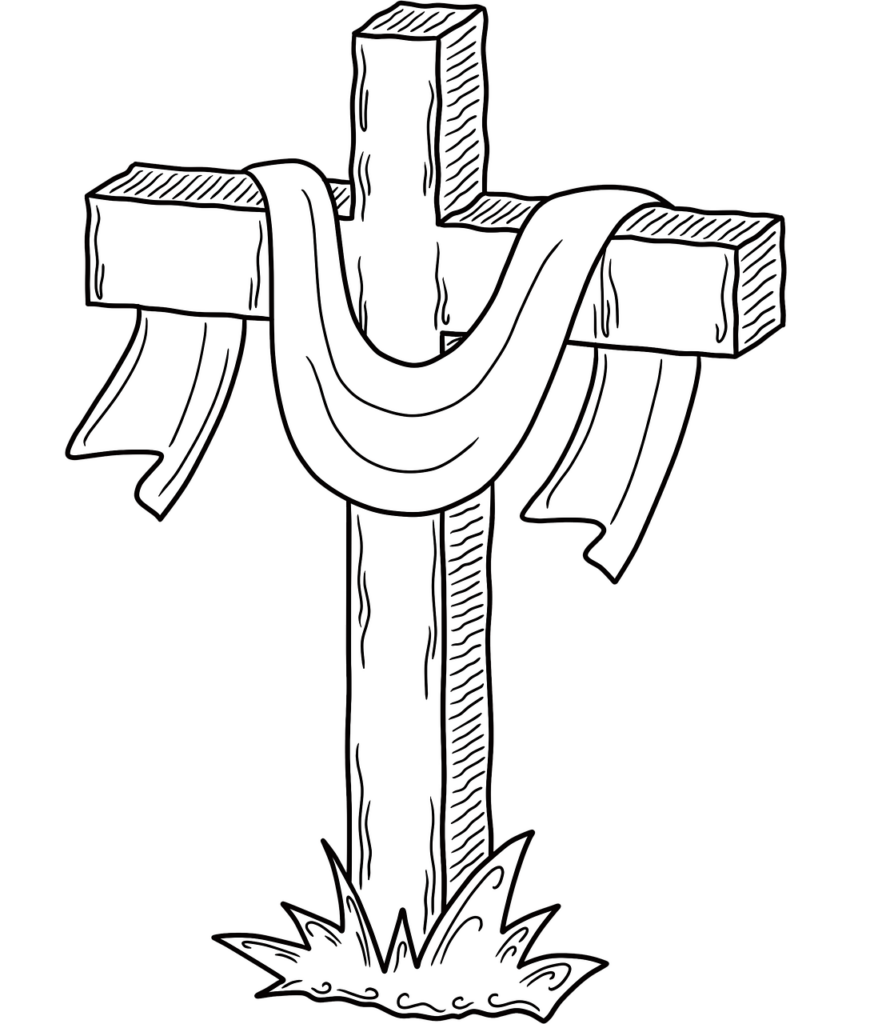
Reflection by Bishop Enrique Díaz: Alleluia, alleluia
Enrique Díaz
20 April, 2025
5 min
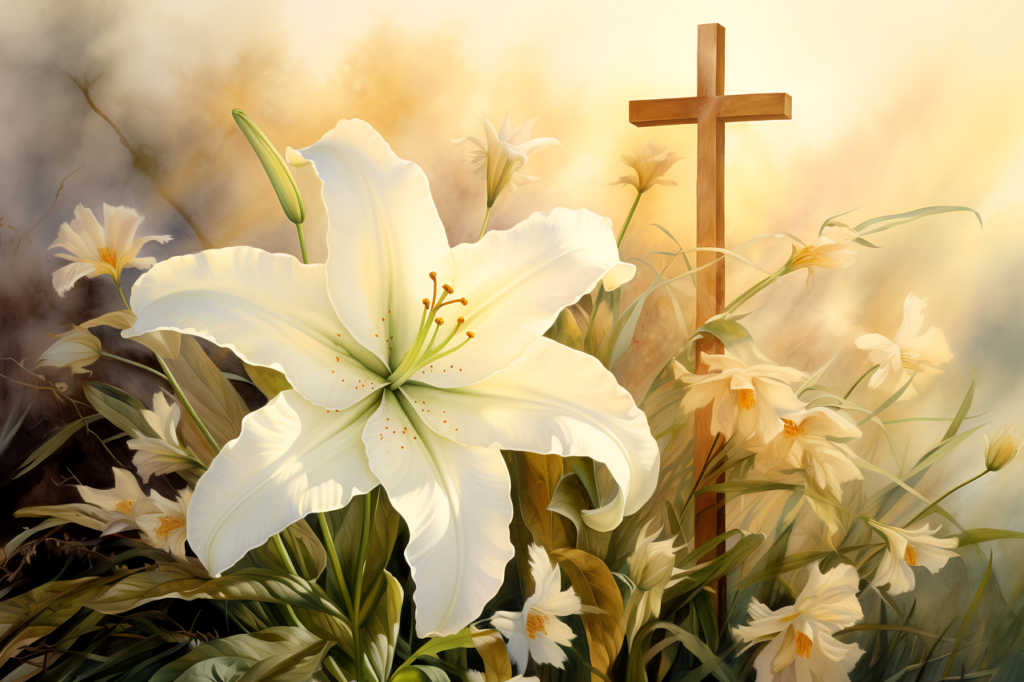
Christ is Risen! Alleluia! Commentary by Fr. Jorge Miró
Jorge Miró
20 April, 2025
3 min
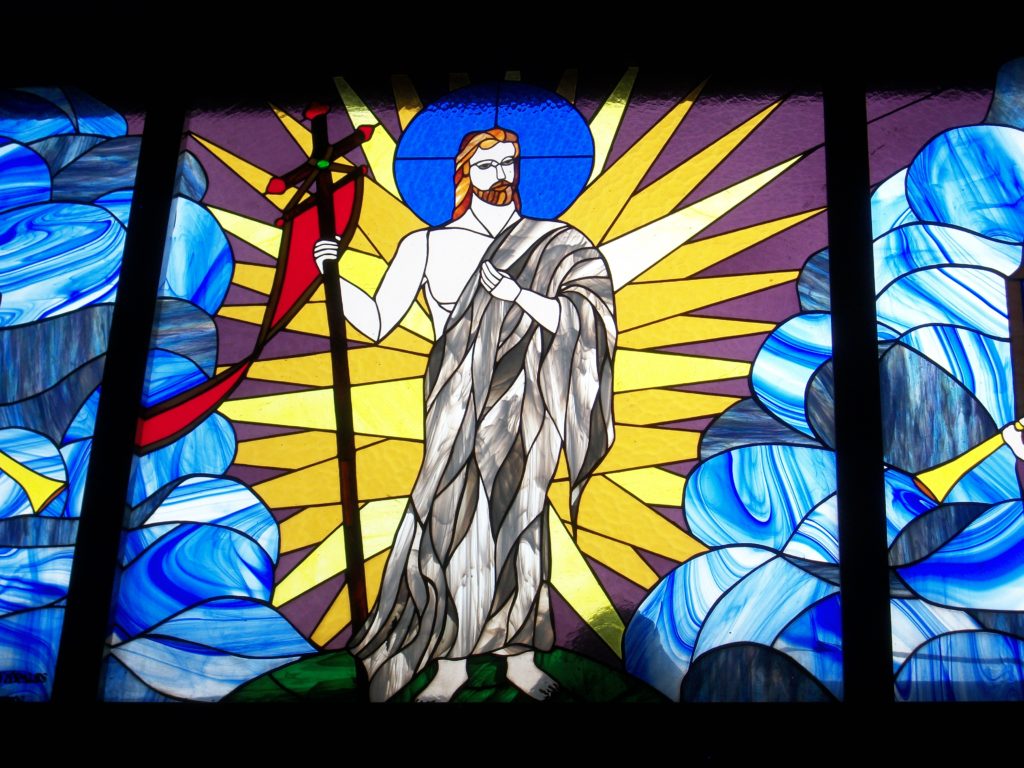
Easter: Mystery of Freedom
Carlos J. Gallardo
20 April, 2025
5 min
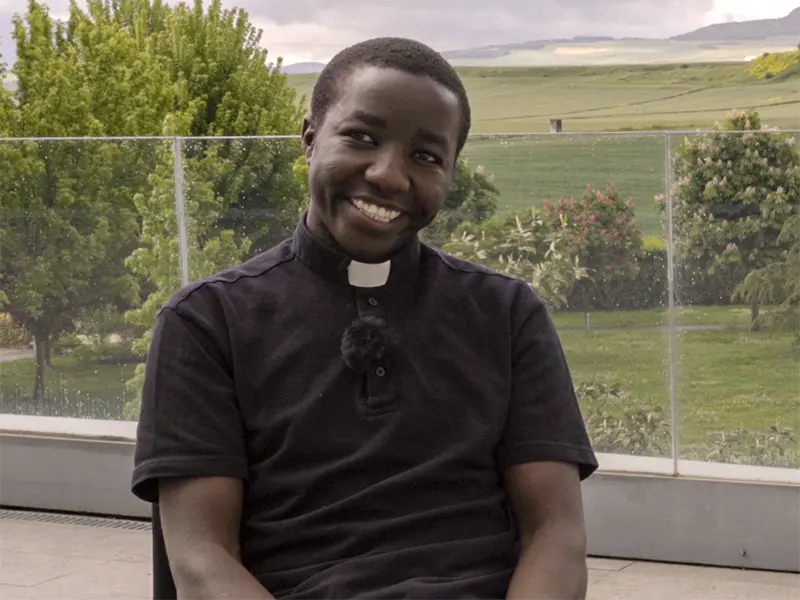
“Being Catholic in Tanzania is a source of pride”
Fundación CARF
16 April, 2025
6 min
 (EN)
(EN)
 (ES)
(ES)
 (IT)
(IT)

